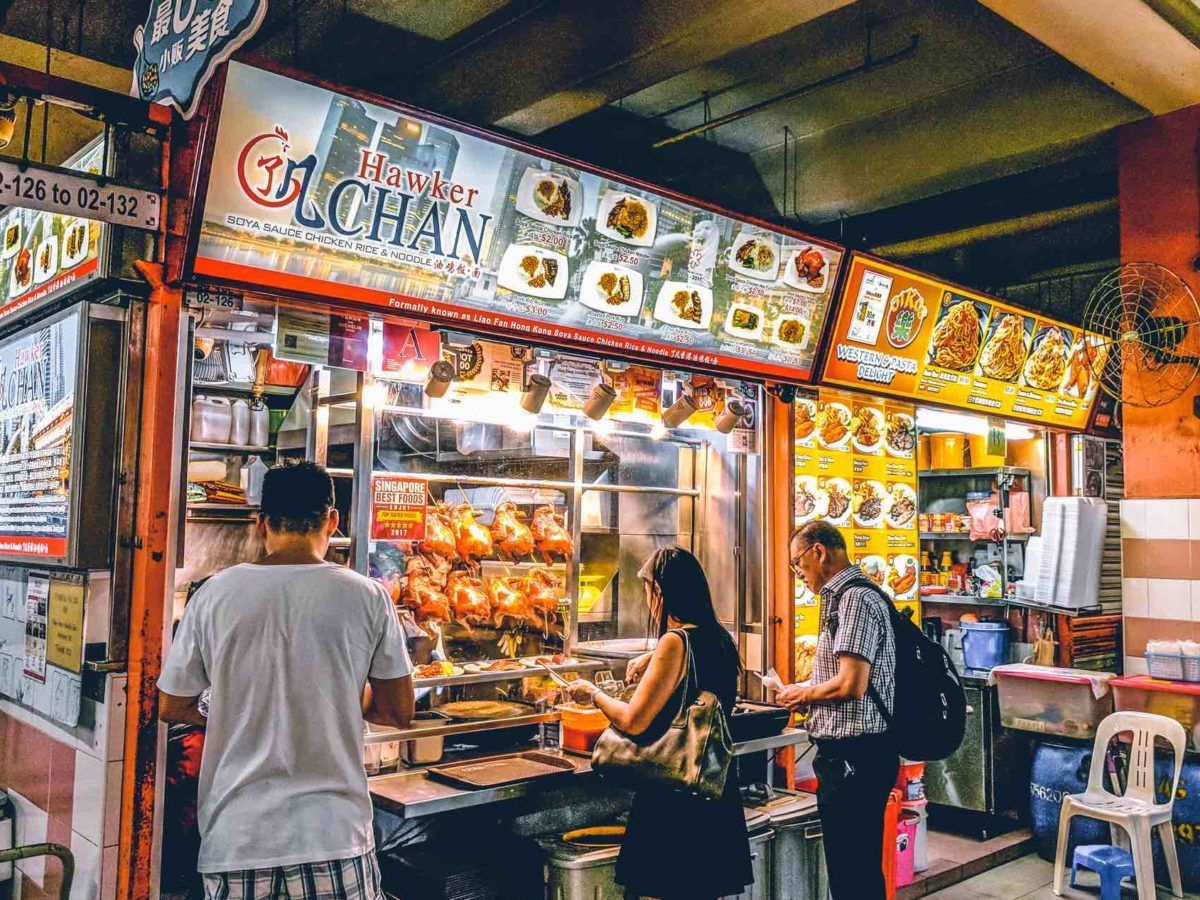
Boosting Repeat Business: The Power of Customer Loyalty Management in Retail
Acquiring new customers is important, but retaining existing ones is equally crucial. Customer loyalty plays a vital role in driving repeat business and increasing profitability. To effectively manage customer loyalty, retail businesses can leverage the power of loyalty management solutions. In this article, we will explore how implementing a robust loyalty management solution can boost repeat business and drive sustainable growth in the retail industry.
Enhancing Customer Engagement and Retention:
Building strong relationships with customers is the foundation of any successful retail business. A loyalty management solution provides retailers with a comprehensive CRM (Customer Relationship Management) platform, enabling them to capture and analyze valuable customer data. By understanding customer preferences, shopping habits, and purchase history, retailers can create personalized experiences, targeted marketing campaigns, and tailored rewards programs. This level of personalization increases customer engagement, fosters loyalty, and ultimately drives repeat business.
Creating a Rewarding Loyalty Program:
A well-designed loyalty program is a key component of effective customer retention. With a loyalty management solution, retailers can easily create and manage loyalty programs that incentivize customers to keep coming back. By offering enticing rewards, exclusive discounts, and special promotions, retailers can incentivize customers to choose their brand over competitors. The loyalty management solution automates the process of issuing rewards, tracking points, and redeeming benefits, making it a seamless experience for both retailers and customers.
Utilizing Data-Driven Insights:
Data is the backbone of successful loyalty management. A robust loyalty management solution empowers retailers to gather and analyze customer data, generating valuable insights into customer behavior, preferences, and trends. By leveraging these insights, retailers can make informed decisions about inventory management, product assortment, pricing strategies, and marketing campaigns. Data-driven decision-making enables retailers to optimize their operations, tailor their offerings to customer demands, and ultimately increase customer satisfaction and loyalty.
Strengthening Customer Relationships:
A loyalty management solution serves as a powerful tool for building long-lasting customer relationships. By implementing features such as personalized communication, targeted offers, and timely notifications, retailers can stay connected with their customers on a regular basis. Engaging customers through multiple channels, including email, SMS, mobile apps, and social media, helps retailers to stay top-of-mind and foster a sense of loyalty and community. By nurturing these relationships, retailers can turn one-time shoppers into loyal brand advocates who actively promote their business.
Measuring Success and ROI:
One of the key advantages of a loyalty management solution is the ability to measure the success of loyalty initiatives and track return on investment (ROI). Through comprehensive analytics and reporting features, retailers can gain insights into the effectiveness of their loyalty programs, marketing campaigns, and customer engagement strategies. This data-driven approach allows retailers to identify areas for improvement, fine-tune their strategies, and ensure that their loyalty efforts are delivering the desired results.
Conclusion:
In the fiercely competitive retail industry, customer loyalty is paramount to long-term success. Implementing a robust loyalty management solution empowers retailers to enhance customer engagement, create rewarding loyalty programs, leverage data-driven insights, strengthen customer relationships, and measure the success of their initiatives. By leveraging the power of loyalty management in retail, businesses can boost repeat business, drive sustainable growth, and stay ahead in today's dynamic marketplace.
Interested in getting a member loyalty solution for your business? Click here to contact us
Interested in a CRM Based POS System, QR ordering or a standalone CRM membership system?
Send an Enquiry!
We will get back to you as soon as possible
Please try again later
You might also like


Location
160 Robinson Road SBF Center #26-02
Singapore 068914
Call
(+65) 6224 5788
WhatsApp Us
Click here to WhatsApp us

Navigation
Operating Hours
- Mon - Fri
- -
- Sat - Sun
- Closed
All Rights Reserved | Megasafe Technology Pte Ltd
